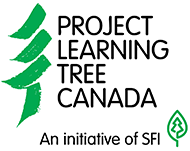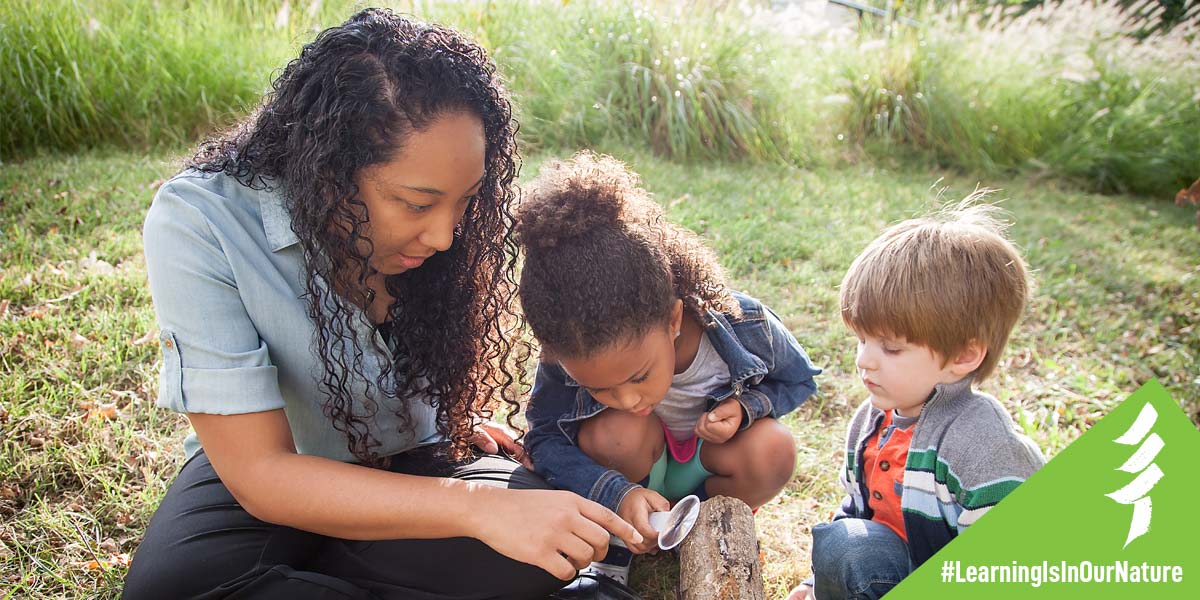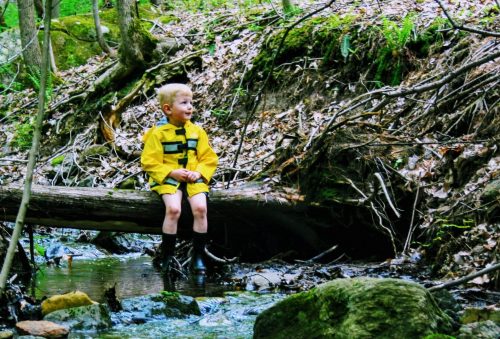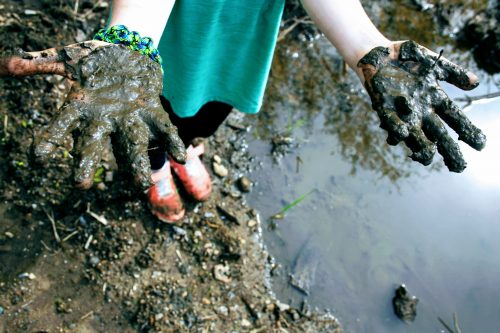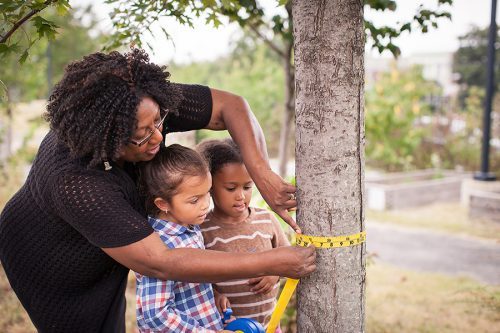Environmental Education
10 Tips to Connect Children to the OutdoorsMay 21, 2020
Springtime brings about longer days, new bursts of life, and the feeling of a fresh new start. It’s also a great time for educators, parents, and children to stretch their legs outdoors. Although this spring may be a bit different, due to Covid-19, PLT Canada is committed to getting kids interested and excited about nature – whether in their own backyards or around their neighborhoods. Here are 10 tips to help educators and parents connect children to the outdoors. 1. Create distraction-free adventures
Most young children have never known a world without technology at their fingertips. Challenge yourself and your kids to experience 1-2 outings a week where you leave your devices at home. If you prefer to bring along your cellphone for safety reasons, be a role model and avoid texting, making calls or taking excessive photos. Get as close as possible to trees and wildlife. Immerse yourselves in the chirps, cracks and rustlings with all your senses instead. 2. Encourage unstructured play
Let kids use their creativity and innovation by encouraging unstructured play outdoors. Look under small logs, make stick houses decorated with leaf flags, stir up some delicious mud soup, and collect little treasures like rocks and feathers. The only rule should be to have fun! 3. Use tech to teachHow many kids can look at a tree and name its species? Download our free “Name That Tree” activity in which we challenge kids to look at trees more closely and to use smartphones to identify them and learn about the products they make. 4. Tell stories and sing songs
In many cultures, the passing down of oral stories helps people stay connected to their culture and to the land. Are there stories or songs you know that speak to the importance of nature and animals? By sharing these songs and stories with your children, you will plant the seed of stewardship and help them feel more connected to nature. 5. Inspect new life in your backyardSpring is a great time to observe new growth. Download our free “Bursting Buds” activity to teach kids the ins and outs of twigs and how leaves are formed. 6. Establish a nature routine
Create a routine that incorporates a little bit of nature every day. It could be as simple as eating lunch outdoors, getting some fresh air, and soaking up a little vitamin D, or as active as a 30-minute family stroll around the neighbourhood after work. 7. Create a nature calendarThis activity works best with the “Nature routine” we suggested above. Create a blank calendar (either by hand or with a free tool like print-a-calendar.com). Decorate it together with drawings or images of the things you find while exploring the outdoors, like trees, squirrels, ants and flowers. Hang your calendar in a space where children can see it every day and get excited about their next outdoor activity. 8. Adopt a treeNext time you venture out into your backyard or stroll around your neighbourhood, have children observe the trees around them. Have they ever stopped to consider their favourite? Download our free “Adopt a Tree” activity to help children gain a deeper awareness of individual trees and how they can change over time. 9. Learn the value of a tree
Trees are fascinating living organisms. They provide us with food for eating, lumber for our homes, paper to write on, and thousands of other things we use every day. They also sequester CO2, help to decrease storm water runoff, and provide shelter to wildlife. Download our free “What’s the value of that tree” activity where children can produce “nutrition-style” labels that list the benefits of a tree. 10. Connect with nature indoorsThe National Film Board of Canada (as well as most paid streaming services like Netflix, Amazon Prime, etc.) have great documentaries about nature, wildlife and forests. If you can’t spend time outdoors, you can also learn a lot from these films. Afterwards, talk to your kids about what they saw. What did they retain from the movie? How did it affect them. Let us know if you use any of these tips by tagging us on social media and using #LearningIsInOurNature or by sending an email to info@pltcanada.org Please adhere to social-distancing rules when participating in our nature activities to help minimize the spread of Covid-19 in our communities. |
